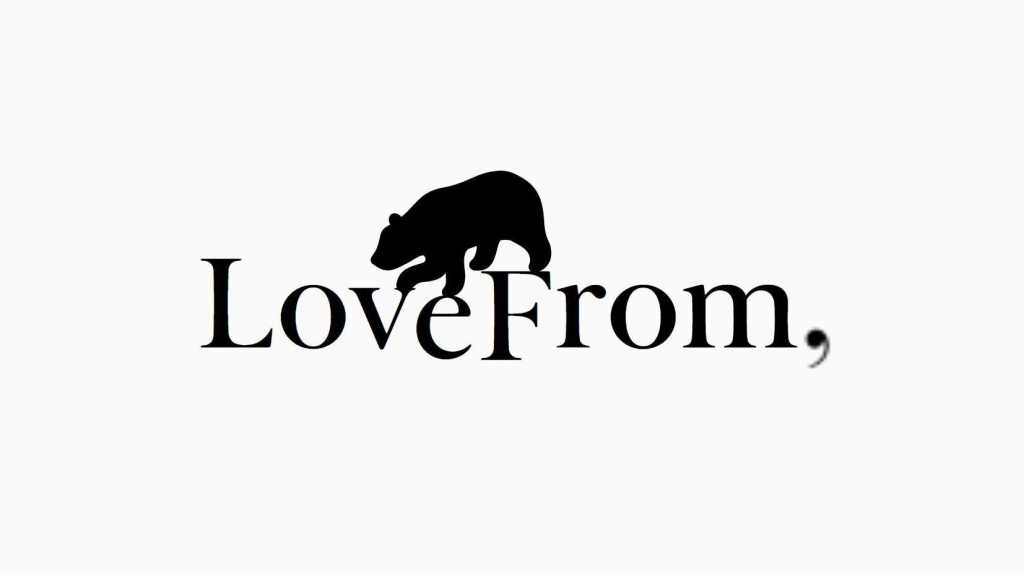What if…Jony Ive builds the human interface for AI?
The tech and AI landscape became even more interesting on news that former Apple designer Sir Jony Ive OBE’s new firm LoveFrom has hired rock star PR Sarah O’Brien, presumably to lead communications at the firm. They then became way more interesting when Ive confirmed his company is working with Sam Altman’s OpenAI on an AI device.
Who is Jony Ive?
If you are reading this, it’s relatively safe to assume you know Ive’s background: A friend of Steve Jobs and his wife Lauren Powell Jobs (about which more later), Apple’s former chief designer, the guy who designed the iMac, iPhone, MacBook, iPad, Apple Watch, Apple stores and even Apple Park — among other things.
You’ll also know that Ive left Apple a few years ago to launch his own small design company called LoveFrom, and that probably his most mass market design since was the Red Nose toy he designed in support of BBC’s Comic Relief.
Who is Sarah O’Brien?
Then O’Brien came along. When her hiring was announced, Ive said he was pleased his “friend” was joining the company to help it with its “immoderate ambition to be useful in the future.”
Which hinted at bigger plans than red nose design. To get some perspective on this, look at what O’Brien has been involved with. Her communications expertise was involved in the launch of iTunes DRM-free (when she was at EMI), iTunes Music Festival, App Store, Apple Watch and sundry iPhone and iPad launches. Beyond Apple, she’s worked at Rivian, Meta, and Tesla — hence the phrase, “rock star PR.”
She is, as they say in some parts of London town, “the business”.
Building a team for big ideas?
With this in mind, it’s doubtful even someone as wealthy as Ive would invest in a communications expert of such stature just to publicize his next designer button. (It is also unlikely someone with O’Brien’s experience would sign up to do that.)
Unless it’s more than a button. After all, while the failure of the Humane AI Pin is still making waves, one thing that product did illustrate was interest in pervasive AI. Perhaps a better thought-out device would be more successful?
That’s speculation, so we’ll forego further discussion for now. (Though Ive and his company have spent five years analyzing humanity’s entire history of button design, so there is that.)
Ive + Altman: Love for AI
What isn’t speculation is that since O’Brien’s hire, The New York Times has confirmed LoveFrom is working with Open AI. This has been speculated for the last couple of years, but that story confirms:
- Ive has turned one of his real estate investments into the HQ of a new “artificial intelligence device company that he is developing with OpenAI.”
- Ive and Altman first met for dinner to discuss the concept of a new generative AI-powered computing device in 2023.
- They decided to work together, have raised money privately (including from Powell Jobs’ Emerson Collective), and may have raised $1 billion dollars in start-up funding by the end of the year. (One wonders whether Apple’s purported investment in OpenAI is also in the frame?)
- The new company’s staff include Tang Tan, Apple’s former iPhone product developer, and Evans Hankey, who succeeded Ive as design lead at Apple.
The idea? To create a genAI-capable product that is “less socially disruptive” than the iPhone. There’s more in the original report, which you should read.
Why this is bigger than hardware
It isn’t just product design that makes Ive so acclaimed. Sure, his products do manage to deliver a highly recognizable design aesthetic, but at their best, they are far more than simply hardware. Ive designs product experiences.
That means that his designers will be asking themselves really difficult questions. Those interrogations won’t be confined to obvious challenges, such as “What hardware can we build that is capable of delivering [suggested] features?”
LoveFrom’s designers will delve into the really deep stuff, the questions that are super-hard to answer: What do people really need from AI? How will people use the product in the most interruption-free way? What does a personal AI system that humans can intuitively relate to look like? What values should it represent?
What I’m saying is that it’s likely the designers will be sweating their way through every possible detail.
What this all comes down to, as with LoveFrom’s earlier work at AirBnB and Ive’s at Apple, is the creation of a design language with which to inform product design. That language – the interaction experience – is fundamental.
Why experience matters
Get it right, and the hardware will occupy a space in which interactions with the device become highly intuitive, even inevitable. Creating “things” that deliver that kind of inevitability has always been central to Ive’s design ethic.
In 2003, Ive told design magazine Icon: “So much of what we try to do is get to a point where the solution seems inevitable.”
If Apple and OpenAI attempt to meet a desideratum of that magnitude, then whatever Ive and Altman do eventually come up with will generate immediate global media interest. Thankfully, LoveFrom may now have a communications chief with the kind of experience you need to help handle product introductions at that scale. What happens next, a very small number of people knows.
For the rest of us outside the perimeter, it will be interesting to find out.
Please follow me on LinkedIn, Mastodon, or join me in the AppleHolic’s bar & grill group on MeWe.






